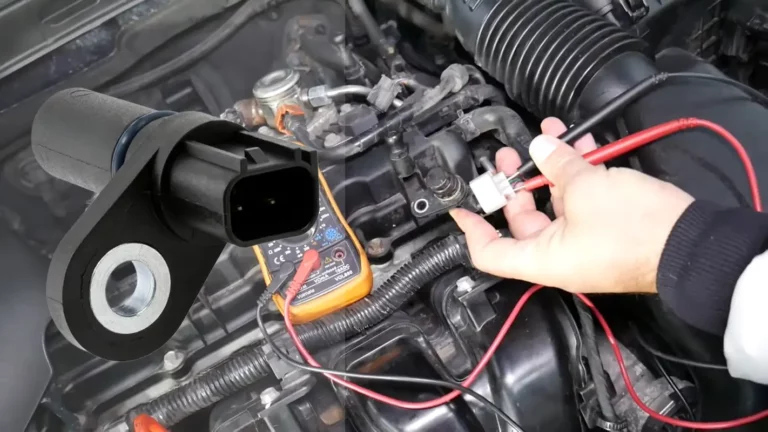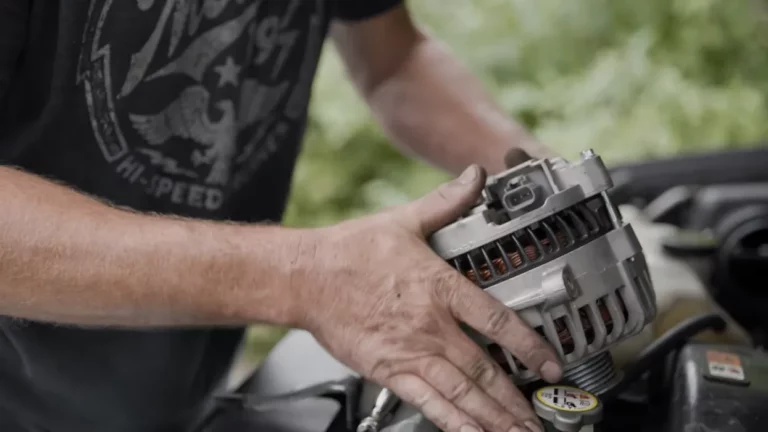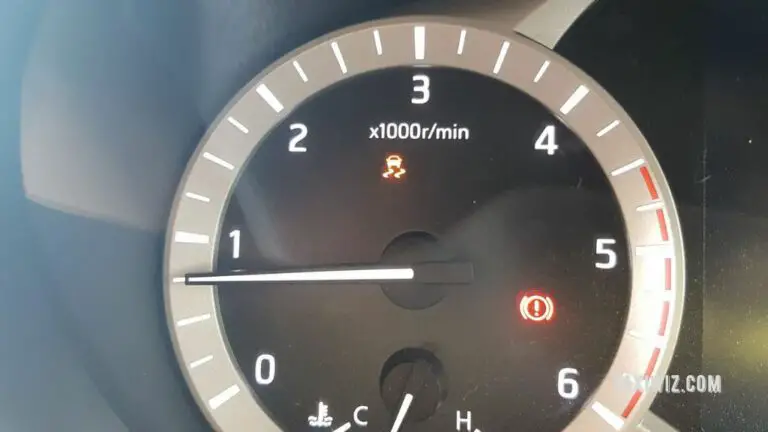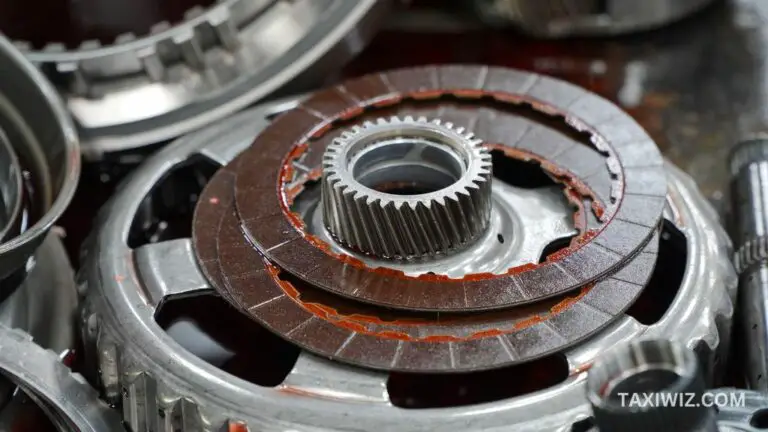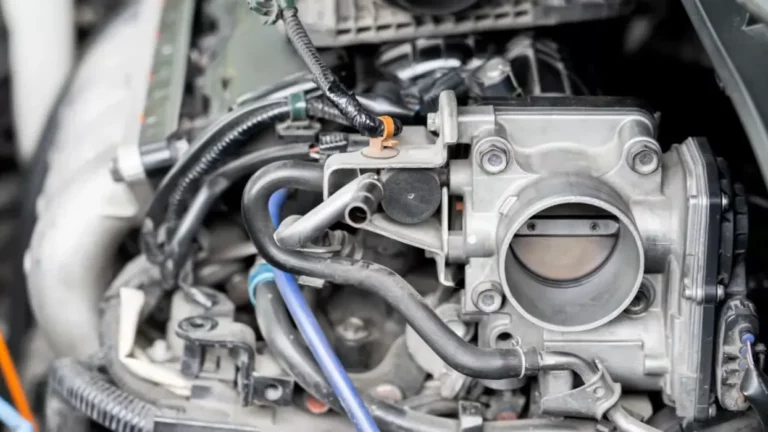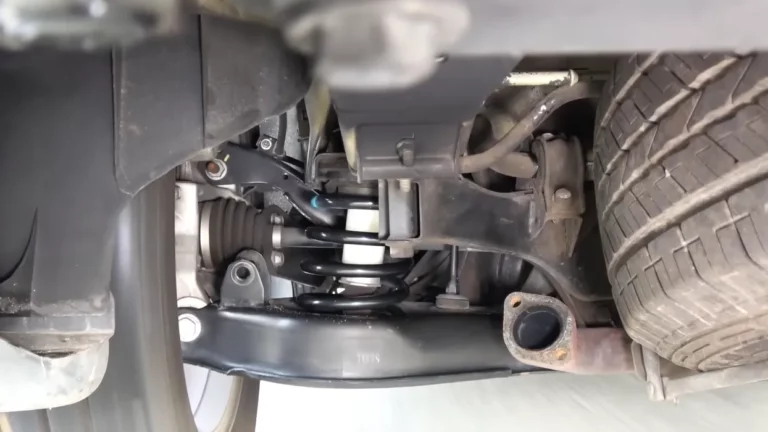Do I Need To Bleed Brakes After Changing Pads? YES! Here’s Why
Changing brake pads is an essential maintenance service to the brake system, as they must be fully functional every time. Mechanics suggest the pads be replaced after every 10,000 miles to minimize the chances of them failing. However, the next crucial step is to bleed the brakes after changing these pads.
But why do I need to bleed brakes after changing pads? Bleeding the brakes removes air bubbles from the system, which can decrease the braking performance. Also, bleeding draws out dirt and contaminants that may have formed over time. You can do the bleeding process or get a mechanic to do it for you.
The article covers more information on the bleeding brakes and explains why it’s necessary. Read on to learn about other occasions when bleeding may be important and how to do it.
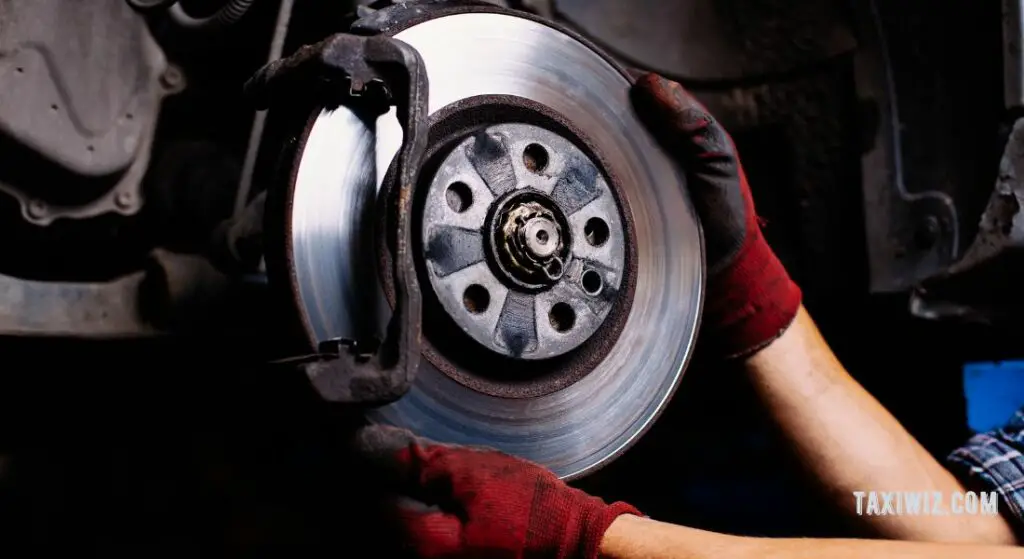
Why Is It Necessary to Bleed Brakes After Changing Pads?
After changing the pads, one of the next crucial steps is to bleed the brakes. Bleeding brakes involve removing air bubbles in the brake fluid in the hoses and cylinders. Failure to do this, the driver may experience braking problems despite installing new brake pads.
When the driver presses the brake pedal, the master cylinder is activated, converting the brake pedal pressure to hydraulic pressure. This pressure goes down through hoses to the calipers, which activates the brake pads.
When changing the brakes, there are chances air can get to the system. The braking performance reduces due to varying compressibility when the system has air bubbles. According to kinetic-molecular theory, gases are more compressible because their molecules have more space between them.
Also, moisture gets to the brake fluid, causing it to break chemically and rust. Rust contaminates the brake fluid provoking performance issues. Therefore, bleeding the brakes when changing the pads helps clean these contaminants, though not as effective as flushing the system.
How Do I Bleed Brakes After Changing Pads? (My Favorite 2 Method)
Bleeding the brakes can be done in various methods, and most are doable at home. The steps are required to be the same in almost every vehicle, only differing with the bleeding screw position and size.
Bleeding should begin from the furthest wheel from the master cylinder, usually the rear passenger wheel. Starting with the furthest ensures all dirt and air gets flushed out of the system through the longest line.
However, if the vehicle has an Anti-lock braking system (ABS) installed, bleeding should be reversed, starting from the front wheel if it’s in the back. The starting position will, however, depend on the ABS location of the car. Here are the methods to bleed the brakes step by step.
Method 1: Using a Homemade Bottle
This method involves using a bottle fitted with a fuel line or clear hose tubing as a brake bleed tool. Follow the steps below;
- Step 1. Refill the brake fluid on the master cylinder reservoir
- Step 2. Clean the bottle and add brake fluid, about a quarter, enough to submerge the fuel line
- Step 3. Fit the bottle’s fuel line to the bleeder fitting of the cylinder
- Step 4. Crack the bleeder screw loose, at least a quarter turn. Use a compatible wrench
- Step 5. Slowly depress the brakes fully, then let it go. You will notice air bubbles rising through the hose. Repeat the process until no bubbles are rising, meaning no more air on that wheel
- Step 6. Once done, tighten the bleeder screw and remove the hose
- Step 7. Repeat the process through each cylinder, all while refilling the master cylinder reservoir
The following video shows how to bleed the system by yourself using this method.
Method 2: Gravity Brake Bleeding
This method involves bleeding the brakes with the help of gravity. You’ll need a clear tubing hose and a waste container that you can safely tighten afterward when disposing of it. Remember to start from the furthest line from the master cylinder or ABS. Follow the steps below;
- Step 1. Refill the master cylinder reservoir
- Step 2. Crack open the bleeder screw just a little bit, then close it to ensure brake fluid is running through
- Step 3. Fit the clear tubing to the bleeder fitting of the cylinder
- Step 4. Let gravity draw the fluid into the waste container
- Step 5. Tighten the bleeder screw when done, and remove the hose
- Step 6. Repeat the process on other wheels while refilling the master cylinder each time
The following video should help you bleed your vehicle brakes using this method
What Other Times Should I Bleed Brakes?
Bleeding brakes after changing the pads shouldn’t be the only time you bleed them. There are other times you should, especially when your vehicle shows various symptoms. They include;
1. Spongy Brakes
When the brake feels spongy when you depress it during braking. A spongy brake pedal usually means air is in the system, causing compressibility differences. Get the brake system diagnosed for leaks because air enters the system through a leaking point.
2. Longer Stops
When the vehicle takes much time to stop after depressing the brake. Longer stops are a symptom of low brake fluid pressure. Bleeding should happen immediately as this problem can be fatal.
3. Replacing a Worn Rotor Pad
You should bleed the brakes after replacing worn rotor pads, where the brake pads clamp down on. This replacement and other brake-related repair jobs should guarantee to bleed since air is more likely to get to the system during the repairs.
4. During Servicing
Bleed the system when performing the annual or 10,000 miles of brake system maintenance. During brake maintenance, various parts are replaced, and as mentioned above, you should bleed the system after each replacement.
Final Thoughts
Bleeding the brakes is a necessary step after changing brake pads or other parts of the brake system. This step gets the lid of the air and some contaminants that may be in the brake fluid. Brakes are crucial parts of a vehicle, and each component in the braking system must remain uncompromised.
Follow any of the methods above to bleed your system at home and improve your vehicle’s performance. Also, your car may need bleeding if it shows any of the symptoms above.

